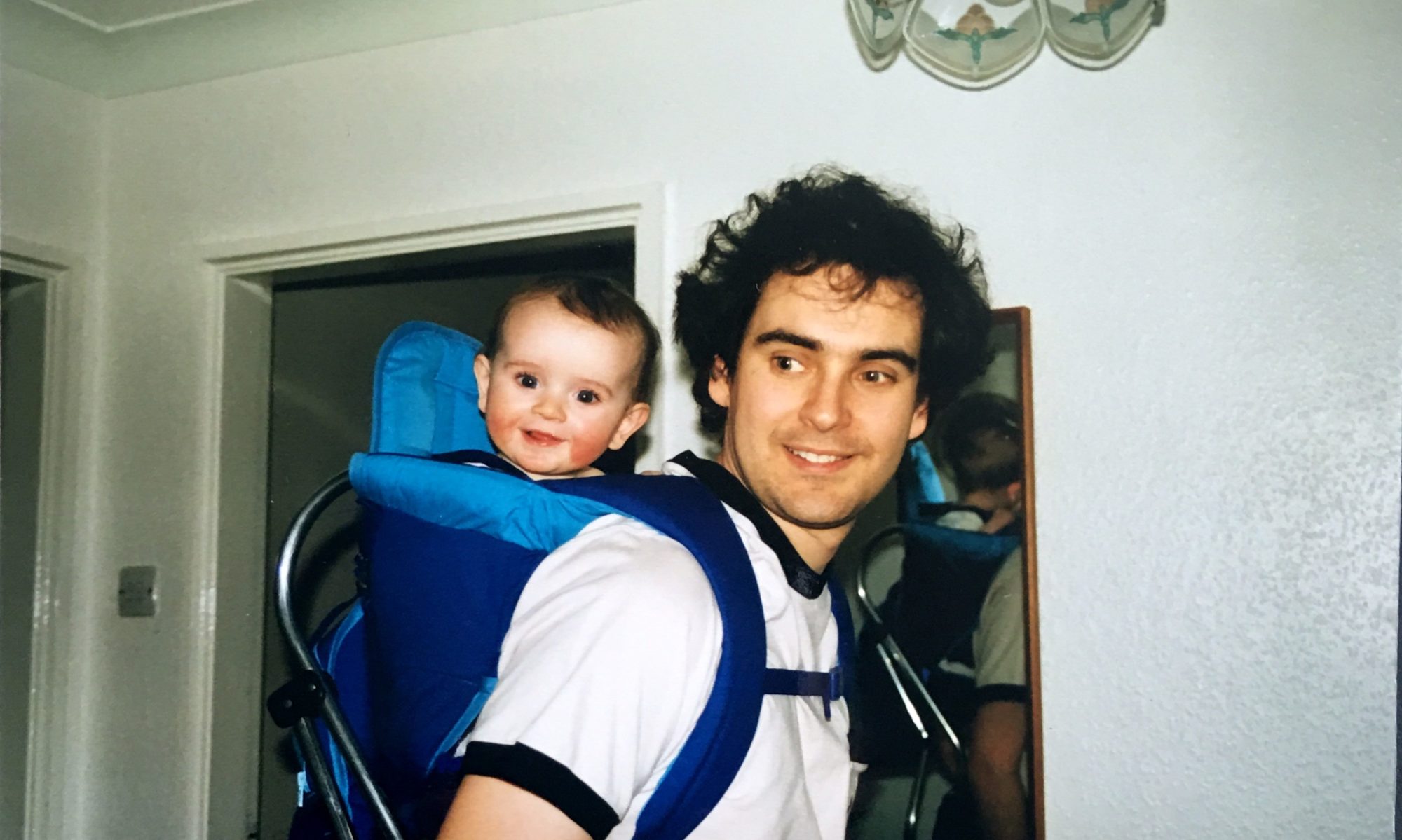We’ve known for about 20 years that our eldest son has a nut allergy. I remember very clearly him sitting in bed with us one weekend morning when we offered him some of our breakfast – crunchy nut cornflakes. It was the tiniest amount, no more than a teaspoonful if that, but he immediately spat it out and his lips went red and swollen. We had him tested and sure enough he was allergic to nuts and seeds.
As any other nut allergy sufferer will tell you it can be a nightmare finding food that doesn’t contain a blanket warning “Recipe: no nuts. Factory: no nuts. Made in a world where nuts exist so eat at your own risk” (Tesco I’m looking at you). Twenty years ago it was almost impossible to find any allergy information on labels.
Easter has always been a problem as while the contents of the eggs may be nut free the egg itself typically isn’t. My son rightly felt aggrieved (still does) that he was missing out on a huge influx of chocolate that was sanctioned by his parents. Each year we would hunt high and low for something suitable and come up short. In recent years Kinnerton have done a good job of producing nut free eggs but they are small and pricy.
This year we had the same dilemma and then an epiphany – “why don’t we make our own?” This was swiftly followed by another thought: “we didn’t we think of this years ago?”
A quick look on eBay showed up quite a few options but the moulds were more expensive than I had expected and wanted to pay. A trip to our local Lakeland shop was a success though. Two large egg moulds and several moulds for small solid eggs and all for less than the price of postage of some of the eBay items.
Choosing the chocolate was easy as there is only one that our son likes and we know to be nut free – Galaxy. We bought five bars along with two small packets of jellied sweets to put inside the egg.
The process was easy enough: melt the chocolate, allow to cool a little, paint onto the inside of the mould, allow to cool in the fridge and then repeat another three times. Actually our eggs were still a bit thin in places so in future I would probably do another layer as well as not allowing the chocolate to set quite so much before painting on.
We then left the eggs to fully harden in the fridge and then the fun began. Getting the egg out of the mould without destroying it into thousands of pieces turned out to be the biggest challenge of all. Eventually I discovered that there was a knack to it but putting pressure on the top it could be coaxed out of the mould. Unfortunately we only discovered this after cutting a couple of moulds. Top tip – cutting the mould works no better. Next time I will take the advice I saw on the BBC good food website to lightly oil the mould first.
Now the eggs were out I could join them together by painting some remaining chocolate on the halves and refrigerating again. Sealing the halves together did leave fingerprints in the chocolate which was a shame but apart from that they looked great.
Overall I would say it was a great success. We had made a nut-free egg and had fun doing it. It was more expensive than a shop bought egg but we could guarantee that it was safe for our son and that was the whole objective. Next time we might also look into making them look more attractive too.
The egg was devoured in less than five minutes after all that work. I would have objected but it’s hard to have parental control on chocolate intake over a 21 year old!





